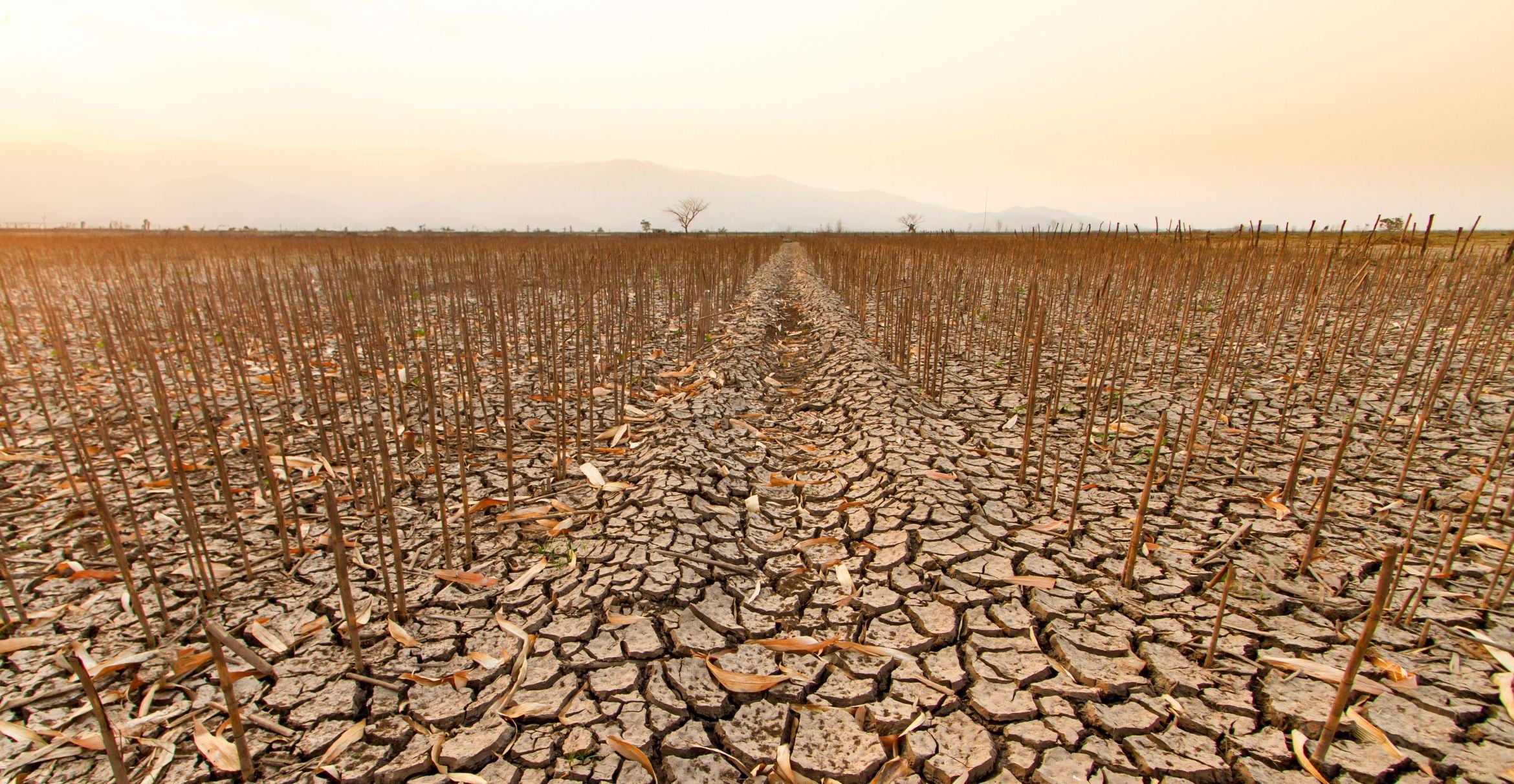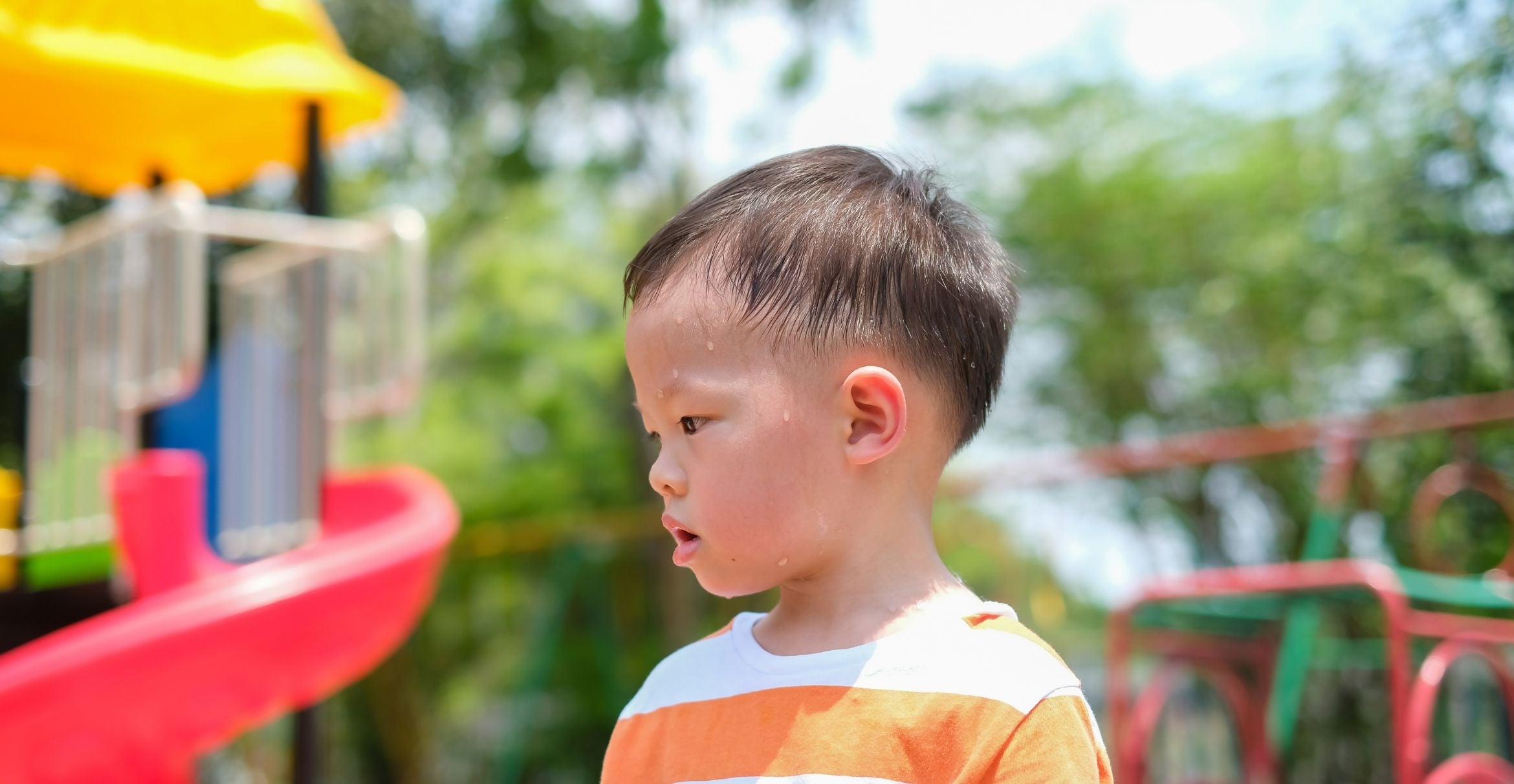What's Current in
Climate Change
Featuring research and hands-on efforts around climate change
Image

Photo Credit
piyaset via iStock
Warmer air can suck more moisture in dry regions and dump more rain in wet regions. New research reveals that the atmosphere’s drying capacity is outpacing increases to rainfall.
Image

Cargo vessel congestion at the Los Angeles/Long Beach port complex during the COVID pandemic
Image

Photo Credit
Yaoinlove via iStock
Children are more sensitive to heat than adults, and chronic overheating can affect their experience and engagement at school.
Image

Photo Credit
Courtesy Image
Joan Dudney studies the impacts of global change on forests to develop science-based management strategies.
Image

Photo Credit
Ethan Turpin & Naomi Tague
"Tree Water," detail, 2024
Image

Photo Credit
Matt Perko
On its own, Earth would shift toward another ice age in about 10,000 years, scientists say. But humanity’s greenhouse gas emissions may have radically shifted the climates trajectory.
Image

Photo Credit
Stuart Rankin via Flickr (CC BY-NC 2.0)
The Pineapple Express — an atmospheric river originating in the tropical Pacific — walloped western North America in February 2017. These systems are becoming more frequent at higher latitudes, leaving mid latitudes drier.
Image

Photo Credit
Andrew Thurber
The structural complexity of a healthy coral reef provides habitat for a diversity of lifeforms.
Image

Photo Credit
Jing Yang via iStock
A desert oasis is perhaps the most striking example of a groundwater-dependent ecosystem.
Image

Photo Credit
Dam via Adobe Stock
Damselfish like these yellowtail dascyllus have an outsized effect on reefs compared to their humble proportions.
Image

Fossil Free UC student activists, June 2015.
Image

Photo Credit
Philip Hoeppli via iStock
